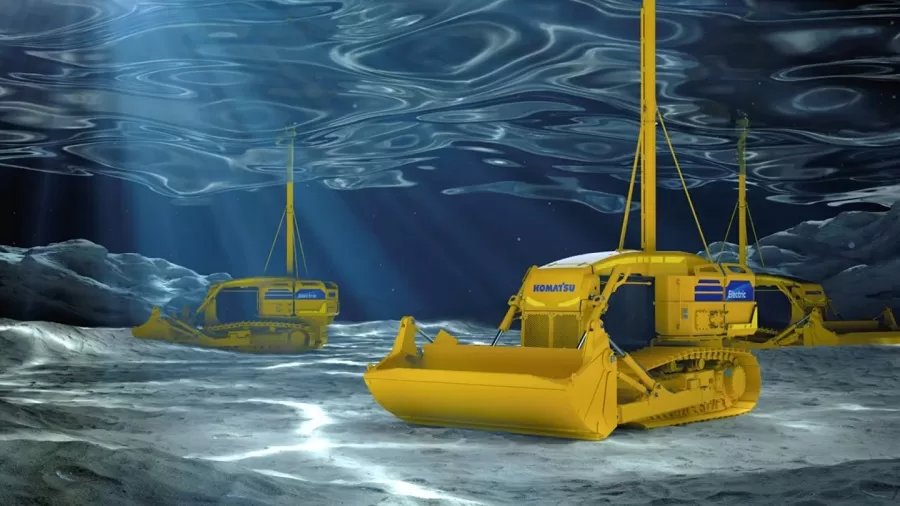Auto
Next-Gen Electric Bulldozer: Komatsu’s Dive into Underwater Construction

- Komatsu introduced a next-generation amphibious bulldozer that is all-electric and operates unmanned underwater for construction purposes and other environmental projects at CES 2024.
- The bulldozer will use a 450-kWh battery that can be extended to 500 kWh and provide the machine with operations underwater for up to six hours, with a plan to increase the operative depth up to 50 meters.
- There have been over 50 years of innovation in the technology deployed, spanning the time from waterfront protection to river dredge work to ecological restoration.
There was something at CES this year, which was a display of technology from the far future, just like the most advanced AI and tremendously large screens. An underwater bulldozer has ten times the power. It is not only the first time that the company was at CES after displaying a product at a consumer show, but this underwater bulldozer is a complete novelty-it is an all-electric, fully automatic, working prototype.
A Leap Beyond the Future of Construction
This revolutionary technology provides a battery capacity of 450 kWh for “power on the go.” Six hours is ideal for a bulldozer of this kind. The battery is capable of turning to 500 kWh to give operational time to the bulldozer at an uncontrolled eight hours. Now, the bulldozer cannot go deeper than 7 m or 23 ft in height due to GPS. The company is looking at making it now to 50 m/164 ft in depth, which would allow additional diving capabilities underwater.
But why should you bother yourselves about bulldozers operating underwater? The answer lies in almost 50 years of transformations, focusing on the dynamics in construction since 1970. The story begins with Komatsu, who was the pioneer in inventing underwater bulldozers. The company launched its first amphibious bulldozer-the D155W-in the following year and has since been deployed to more than 1,200 locations of projects all over Japan. They include protection against storm surges to coastlines, manipulation in river dredging, and ecological restoration.
Principal Extended Applications for the Underwater Bulldozers
Also, in coastal areas, below ground level, it could be used to create levees and sea walls to halt or abate the power of storm surges. Others include the clearing of data in rivers leading to obstruction of shipping lanes, or flooding neighboring communities.
Undertaking Engineering Challenges
Shuu Komatsu shared his thoughts with me in an exclusive interview. “People from my earlier generation at Komatsu did these super things more than 50 years ago and they still exist.” “This is the only very one piece of equipment of the same design,” he explained. “If you ever let it happen in a company where there’s only one model, that’s it; you don’t change it because there’s nothing in competition that was just perfect.”
The evolution of amphibious machinery is ongoing, with Komatsu and Asunaro Aoki Construction joining forces to improve amphibious bulldozer capabilities. The next-generation model will be showcased during Expo 2025, scheduled for six months starting April to October, in Osaka (Japan).
Why the World Is Heading Under Water
The present-day action plans of Komatsu emphasize the already looming need for special tools when applying missions very far off and impossible using conventional equipment. The trend toward increased flooding, coastal protection, and ecosystem restoration resulting from changes in temperature around the globe makes underwater bulldozers a key player in the future of construction. Its significance is not in the wonderful applications being developed but in all-around constructive cooperation between land and water.
Through undersea construction and technological strides in these machines, the Earth takes great strides toward a smart green future that is safe against environmental hazards.
Toward the Future
Komatsu has shown its passion for innovation through developing technology that aims to push the boundaries of underwater construction. There is much at stake in the development of such highly advanced machinery as the next-generation amphibious bulldozer-and The Proving grounds are located in public places! The technology may just rewrite the history of construction with far-reaching overhauls.

























































